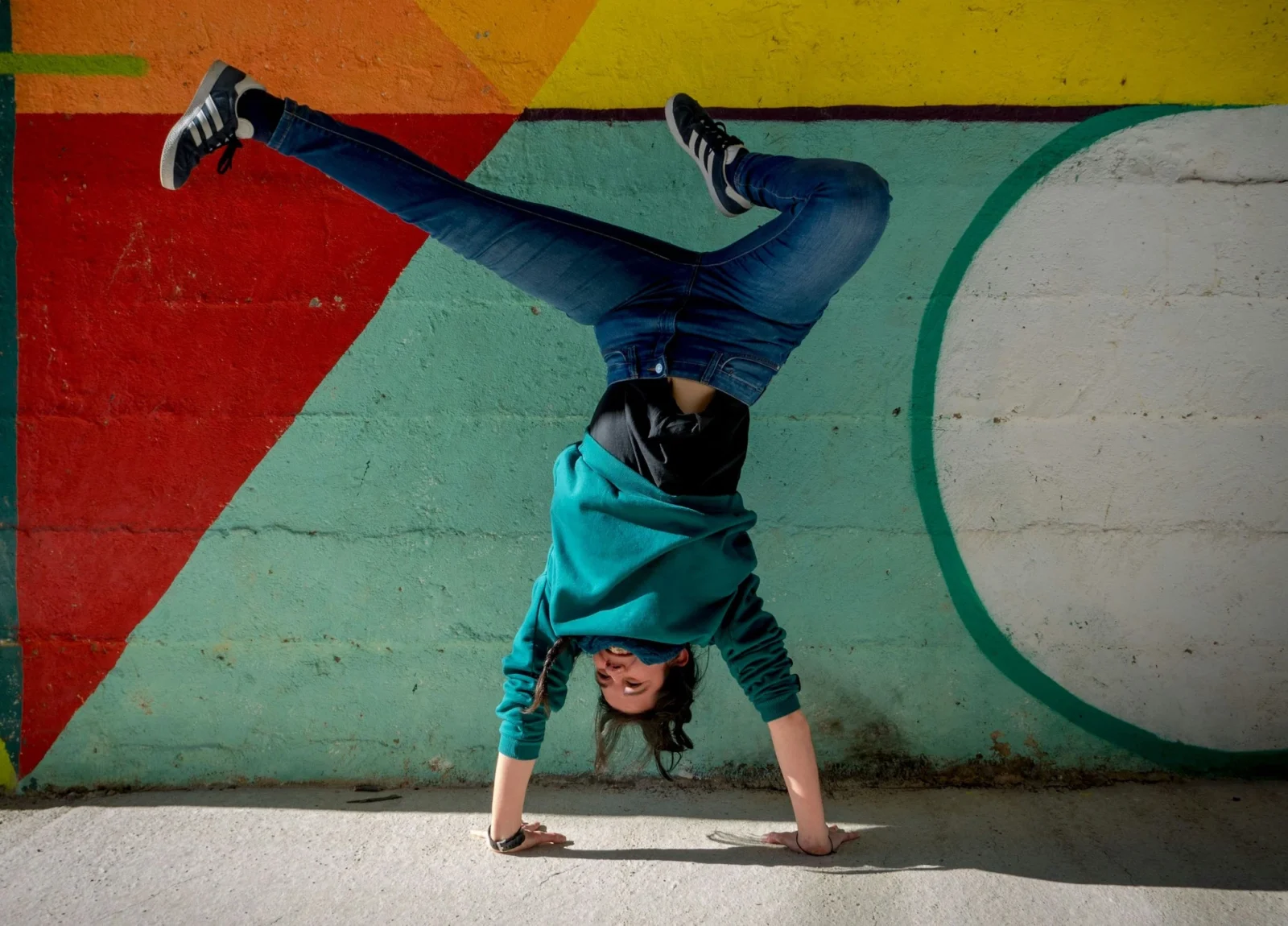Dancing Has Profound Mental Health Benefits, Study Finds

All exercise is effective at treating depression, but a new study shows that dance is best, and it may not be particularly close
Cutting a rug may help beat depression, according to new research.
An evidence review recently published by the BMJ that explores the optimal dose and modality of exercise for treating major depressive disorder shows that dance has significant promise for those suffering from depression — and is the most effective compared to other exercise methods.
The research couldn’t be more timely, as dance proved to be the most popular exercise class in 2023 and shuffle dancing tutorials continue to dominate on TikTok.
Using 218 randomized trials involving 14,170 participants with depression, the researchers compared exercise as a treatment with “established” treatments (SSRI antidepressants, cognitive behavioral therapy), active controls (placebo, usual care) or untreated controls.
Although the authors emphasize that additional studies are needed, they note that based on their findings, dance in particular “appears to be a promising treatment for depression, with large effects found compared with other interventions in our review.” However, they also note that factors such as a small number of studies and low participant numbers prohibit them from recommending dance “more strongly.”
Still, the initial findings have impressed neuroscientist Erik Hoel.
“They buried the lede on this new study,” Hoel posted on X, formerly Twitter. “It’s not that exercise beats out SSRIs for depression treatment, but that *just* dancing has the largest effect of *any treatment* for depression. That’s kind of beautiful.”
Overall, the research suggests that the more vigorous the activity, the greater its mood-boosting benefits.
While dance resulted in the largest reductions in depression, the authors noted moderation reductions from activities such as walking, jogging, yoga, strength training, mixed aerobic exercises and tai chi or qigong.
“Our findings support the inclusion of exercise as part of clinical practice guidelines for depression, particularly vigorous intensity exercise,” the authors stated. “Health systems may want to provide these treatments as alternatives or adjuvants to other established interventions, while also attenuating risks to physical health associated with depression.”
The reality of depression spans the globe, with approximately 280 million people dealing with the mental health issue. In the wake of the COVID-19 pandemic, the prevalence of anxiety and depression increased by 25% globally.
As people look for more holistic health and wellness options, the recent findings may have more people looking to incorporate dance into their routines, whether that’s jamming out to their favorite songs or attending a Zumba class either in-person or virtually.
Unlike other fitness modalities, dancing is one of the few that can entice even the most hesitant exercisers with its fun appeal and an experience that doesn’t feel like a conventional workout. There are still benefits, of course — dancing is a full-body workout that burns calories and improves cardiovascular fitness, coordination, endurance and muscular strength.
Courtney Rehfeldt has worked in the broadcasting media industry since 2007 and has freelanced since 2012. Her work has been featured in Age of Awareness, Times Beacon Record, The New York Times, and she has an upcoming piece in Slate. She studied yoga & meditation under Beryl Bender Birch at The Hard & The Soft Yoga Institute. She enjoys hiking, being outdoors, and is an avid reader. Courtney has a BA in Media & Communications studies.



